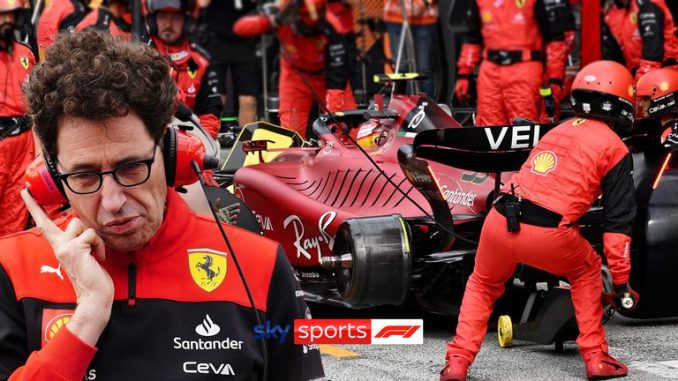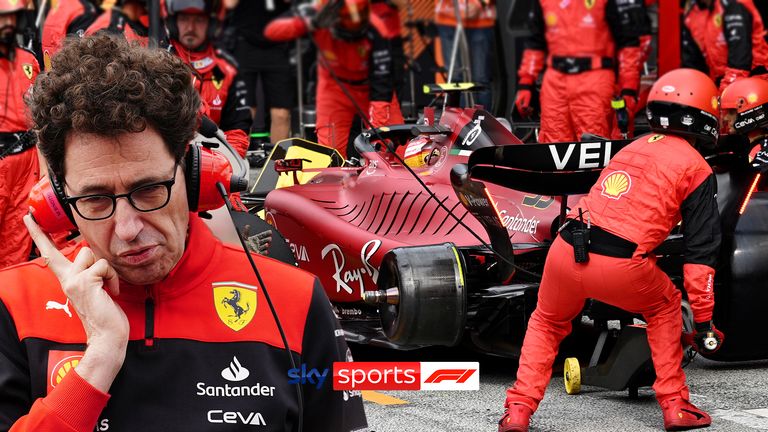

Lewis Hamilton’s move to Ferrari in 2025 is the most significant Formula One driver market shift since Hamilton left McLaren to join Mercedes.
That choice came in late ahead of his Formula One debut with the Silver Arrows the following year. This one has a lengthier wait time, but it outperforms both of Sebastian Vettel’s movements into and out of the Scuderia during the last decade and change.
Its sole counterpart is in terms of shock factor, where Fernando Alonso’s Alpine-to-Aston Martin move competes. And, apologies to Tazio Nuvolari and Auto Union fans, but there’s a strong case to be made that this is the largest motorsport driver move in history.
Ferrari remains F1’s most iconic and successful team, while Hamilton surpasses the championship’s driver fame stakes. This is especially true for current champion Max Verstappen, who prefers to stay out of the public eye.
The connections between this news and Hamilton’s departure from McLaren are evident. Then, one year into his career at Mercedes, the V6 turbo hybrid era arrived, bringing with it all of the success. Although the major rule reset of 2022 still feels fresh, the 2026 regulation revisions – particularly with the increased emphasis on electrical power and sustainable fuel in engines – are no longer on the horizon now that 2024 has started.
However, while this is a great and exciting new chapter for F1 as a whole, as well as for Hamilton himself, the risks of a move are different this time.
Back F 2012, the question was whether an untested, even publicly doubted Mercedes works team could ever give Hamilton with title-winning hardware as he had at McLaren. F1 has long understood how that would play out, with Hamilton’s inevitability of leaving his junior driver nest at McLaren often overlooked in the story of that initial transition.

Leave a Reply